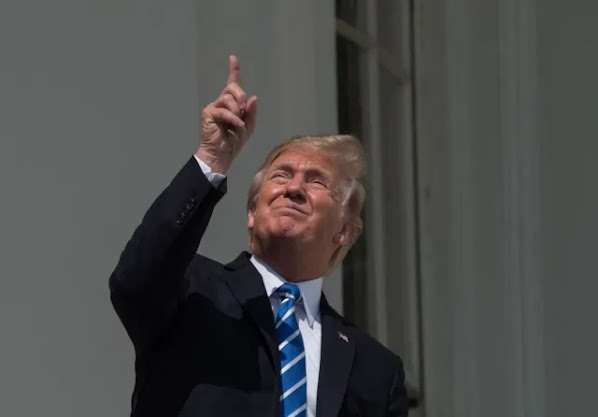- Get link
- X
- Other Apps
- Get link
- X
- Other Apps
US President-elect Donald Trump has said he wants to end daylight saving time (DST), arguing it is "inconvenient" and "very costly" to Americans.
In a post on his platform Truth Social, Trump said DST had "a small but strong constituency, but shouldn't" and that his Republican party would work to end it.
DST is the practice of moving the clock ahead by one hour in the spring and back an hour in the autumn to make better use of natural daylight.
It is observed in a third of the world's countries, according to Pew Research Center, including most of Europe. Some in the US, however, have long advocated to end the timeworn tradition.
Those who want to stick with standard time say it benefits our health, as it is better to have more light in the morning, paving the way for improved sleep cycles on darker evenings. They say DST can be disorienting to sleep schedules.
But others want to make DST permanent instead, arguing that brighter evenings, especially for those commuting from work or school, would reduce crime, conserve energy and even save lives in terms of reduced road accidents.
Both sides say their preferred option would be better for the economy.
Trump's plan is not the first attempt to alter the biannual practice of changing clocks seasonally in the US.
Making daylight saving time permanent was the aim of a 2022 bill that passed the Democratic-controlled Senate.
But the Sunshine Protection Act, which was introduced by Republican Senator Marco Rubio, never made it to President Joe Biden's desk.
Rubio has since been picked by Trump for the role of secretary of state under his incoming administration.
The US first began changing its clocks seasonally in 1918 during World War One in an effort to conserve fuel. It was unpopular with farmers, and was repealed after the war.
But DST returned again during World War Two, and was made permanent in 1966, though states could opt out.
Hawaii and most of Arizona currently do not follow time changes under DST.
- Get link
- X
- Other Apps


Comments
Post a Comment